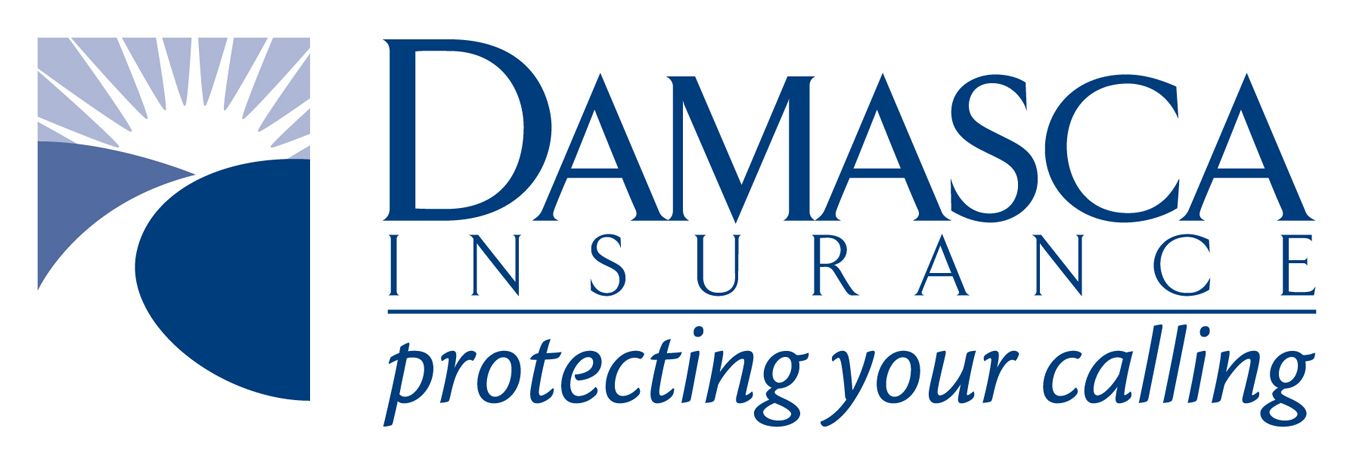When it comes to insurance, especially for coverage against windstorms and hail, you might come across a term called 'percentage deductible.' But what does it really mean, and how is it different from the usual dollar amount deductible? A percentage deductible refers to the amount you, as the policyholder, are responsible for paying before your insurance kicks in, calculated as a percentage of your property's insured value. This is especially common in policies covering windstorm or hail damage, where the risks can be high.
Let's break it down with an example. Imagine your organization's building is insured for $500,000, and your policy has a 2% windstorm/hail deductible. In the event of damage, 2% of $500,000 is $10,000. This means if a fierce windstorm causes damage to your building, you would be responsible for the first $10,000 of repair costs, and your insurance would cover the rest, up to your policy's limit. It's important to know this number because it directly affects your out-of-pocket costs when disaster strikes.
Understanding how percentage deductibles work can help you better prepare your organization for these unpredictable events.
Knowing your property's insured value and your policy's specific percentage deductible gives you a clear picture of potential costs. And in the realm of windstorms and hail, where nature's fury can be both sudden and severe, having this knowledge isn't just helpful – it's essential. It ensures that you're not caught off guard financially and can focus on getting your operations back on track swiftly.
At Damasca Insurance Agency, we create and sell insurance solutions designed for churches, non-profits, private schools and select small businesses in the Jacksonville and Northeast Florida area.
Contact us
LOCAL:
904.637.0415
TF:
800.851.8572
FAX:
904.637.0420
EMAIL: kpowell@damasca.com
OFFICE HOURS: MON-FRI 9:00 - 5:00
Damasca Insurance Agency
1249 Cassat ave
Suite A
Jacksonville, FL 32205
Mailing: PO Box 9090
Fleming Island, FL 32006
